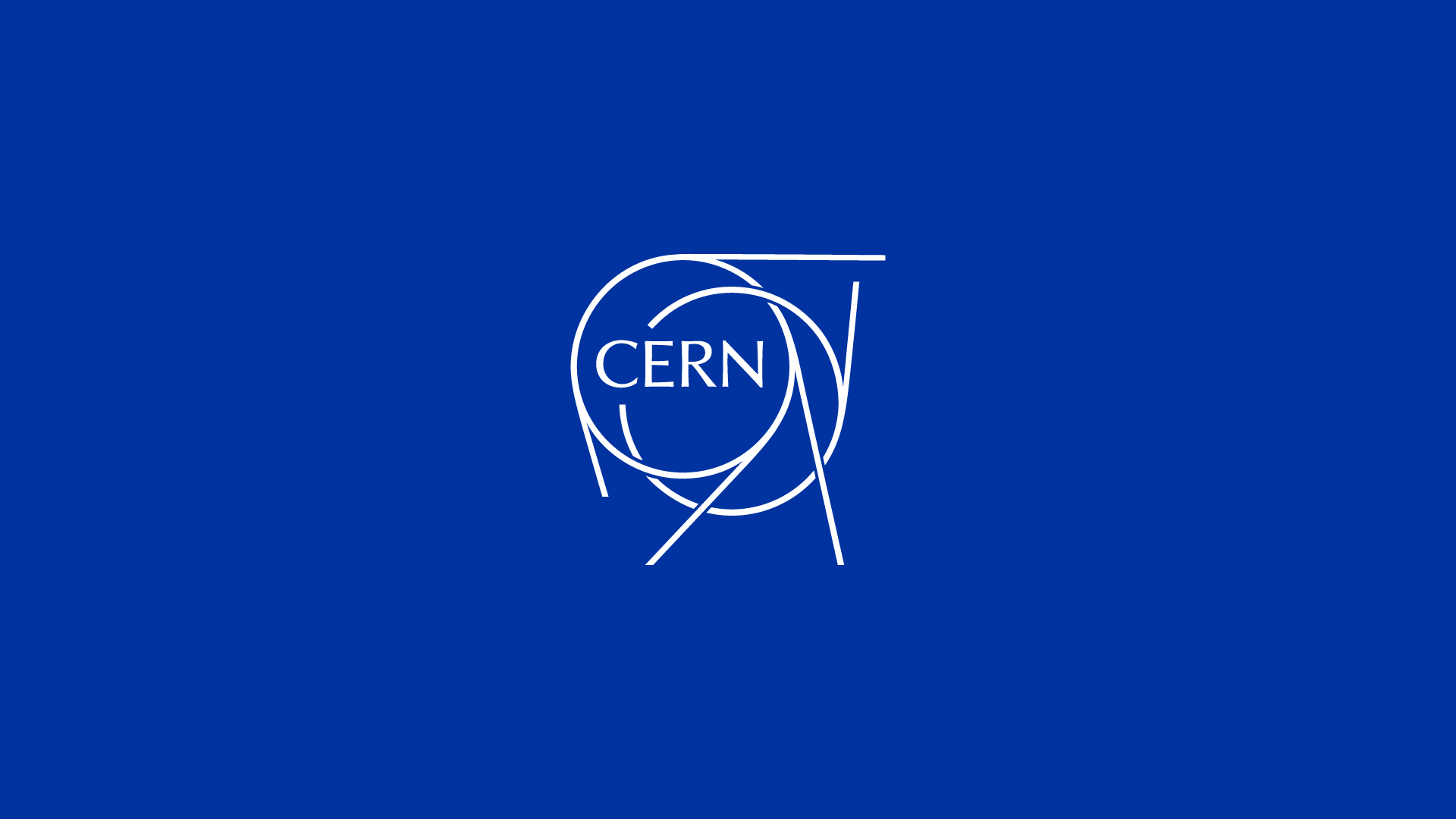Scientists believe that they may have discovered a “brand new force of nature” at CERN’s Large Hadron Collider that could explain why certain atomic particles behave unexpectedly and which may transform our understanding of the rudiments of physics.
Authors of the research said this week that their results should “get physicists’ hearts beating just a little faster” after they discovered evidence of a “brand-new” type of particle.
Since its inception over a decade ago, the Large Hadron Collider (LHC) has sought to delve into the secrets of the universe by studying the smallest discreet particles of matter as they collide at nearly the speed of light.
Aside from the discovery of the Higgs Boson — a previously theoretical particle that gives matter mass — the project has so far failed to shed much light on how the building blocks of matter function.
According to the standard model of particle physics, particles known as quarks, many of which are unstable and exist only for a split-second, can form heavier particles such as protons and neutrons.
Quarks can also decay into other particles known as leptons — including so-called “beauty” quarks — which were discovered at the LHCb in 2014.
The anomaly spotted at the time was that the quarks appeared to also decay into another type of lepton — muons — less often than they decayed into electrons.
The standard model predicts that beauty quarks would decay into muons at the same rate as they do into electrons.
“The only way these decays could happen at different rates is if some never-before-seen particles were getting involved in the decay and tipping the scales against muons,” wrote the authors of this week’s research on The Conversation site.
Until recently there had not been enough data to say for sure what was occurring inside the LHC.













